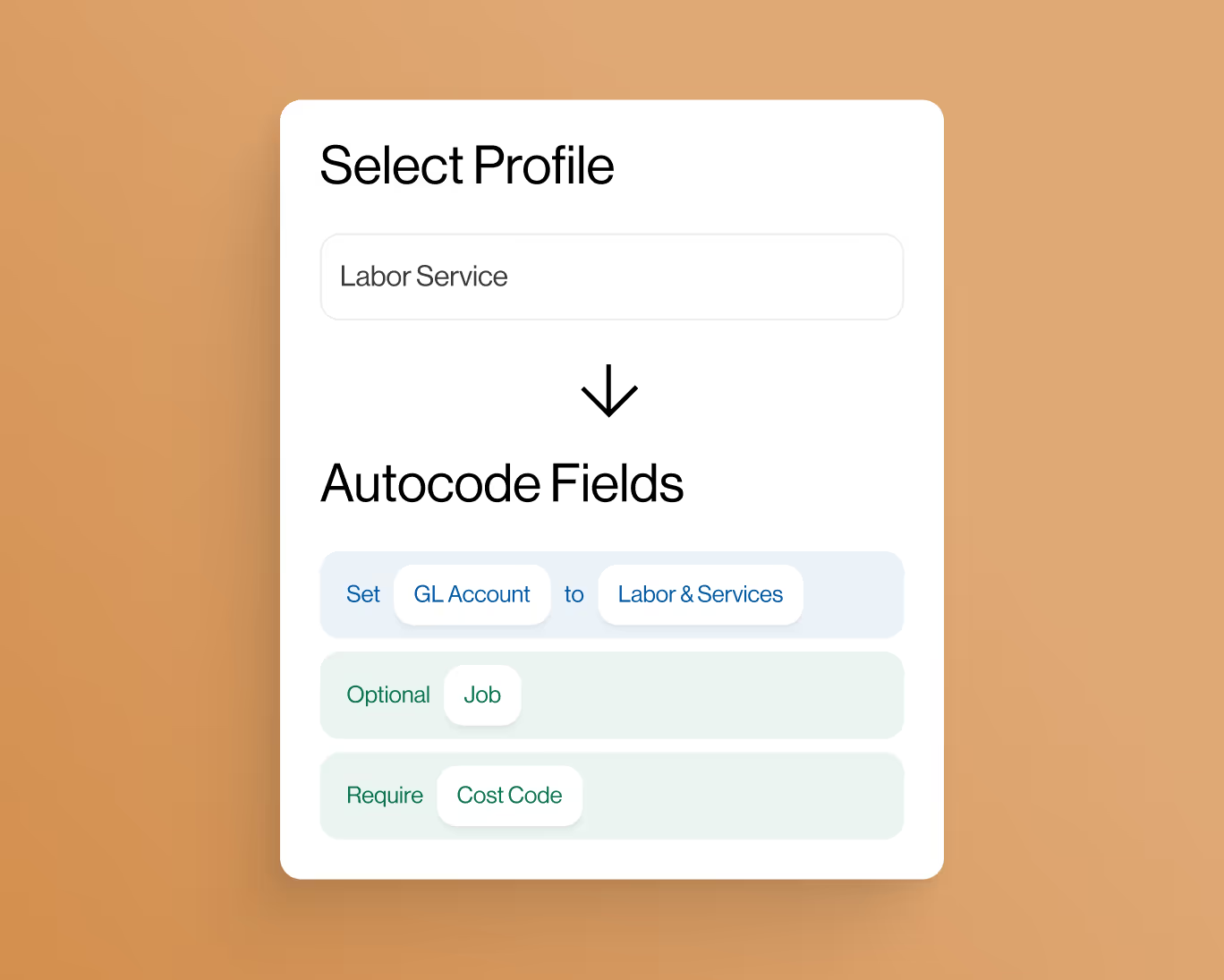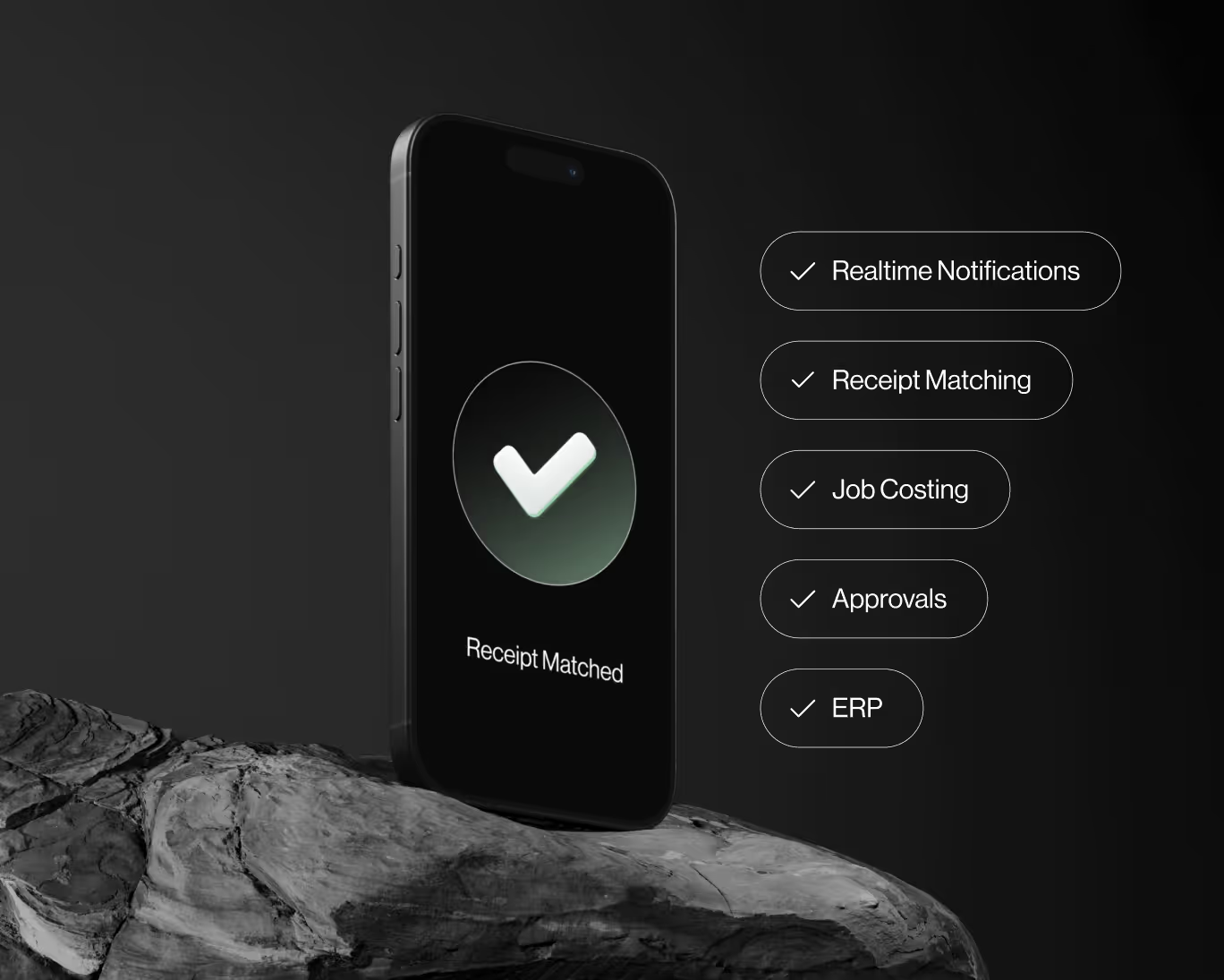Worksite Hazard Analysis in Construction: Ensuring Safety and Compliance
The construction industry is inherently risky, with potential hazards present at every worksite. To mitigate these risks and ensure the safety of workers and the public, worksite hazard analysis plays a critical role. Hazard analysis is a proactive approach that helps identify potential dangers and implement necessary measures to prevent accidents and injuries. In this blog post, we will delve into the significance of worksite hazard analysis in construction, its benefits, and how it aids in compliance with safety regulations.
What is Worksite Hazard Analysis?
Worksite Hazard Analysis, also known as Job Hazard Analysis (JHA) or Job Safety Analysis (JSA), is a systematic process used to identify potential hazards associated with specific tasks or activities at a construction worksite. The analysis involves breaking down each task into individual steps, assessing the associated risks, and developing strategies to control or eliminate those risks.
The goal of worksite hazard analysis is to improve safety and prevent accidents by identifying potential hazards before they result in harm. By understanding the risks associated with various tasks, construction companies can implement appropriate safety measures and procedures to protect their workforce and minimize liability.
The Importance of Worksite Hazard Analysis in Construction
Worksite hazard analysis is of paramount importance in the construction industry for the following reasons:
- Accident Prevention: Hazard analysis helps prevent accidents and injuries by identifying potential hazards and implementing control measures.
- Worker Safety: Ensuring the safety of workers is a moral and legal responsibility for construction companies.
- Compliance: Hazard analysis aids in compliance with local, state, and federal safety regulations and standards.
- Cost Savings: Proactive hazard analysis can result in cost savings by reducing the number of accidents, workers' compensation claims, and legal expenses.
- Productivity: A safer worksite leads to improved worker morale and productivity.
- Reputation: Construction companies known for prioritizing safety gain a positive reputation within the industry and among clients.
The Process of Worksite Hazard Analysis
Worksite hazard analysis involves several steps to identify and mitigate risks effectively:
- Task Identification: Identify and list all tasks performed at the worksite.
- Hazard Identification: For each task, identify potential hazards and risks.
- Risk Assessment: Evaluate the severity and likelihood of each identified hazard.
- Control Measures: Develop and implement control measures to eliminate or reduce the identified hazards.
- Training: Ensure that workers are trained on the identified hazards and control measures.
- Periodic Review: Regularly review and update the hazard analysis to account for changes in the worksite or procedures.
Benefits of Worksite Hazard Analysis
Implementing worksite hazard analysis yields several benefits for construction companies:
- Improved Safety Culture: Hazard analysis promotes a safety-focused culture among workers and management.
- Reduced Accidents and Injuries: Identifying and controlling hazards reduces the risk of accidents and injuries at the worksite.
- Legal Compliance: Hazard analysis helps construction companies comply with safety regulations and avoid potential legal liabilities.
- Efficient Resource Allocation: Identifying hazards in advance allows construction companies to allocate resources efficiently to address safety concerns.
- Enhanced Productivity: A safer worksite leads to improved worker productivity and efficiency.
- Positive Reputation: Prioritizing safety enhances a construction company's reputation within the industry and among clients.
Integration of Worksite Hazard Analysis into Construction Practices
Construction companies can integrate worksite hazard analysis into their practices through the following steps:
- Management Commitment: Management should commit to creating a safety culture and allocating resources for hazard analysis and control measures.
- Worker Involvement: Involve workers in the hazard analysis process to gain valuable insights and promote a sense of ownership over safety.
- Training: Provide comprehensive training on hazard analysis procedures and safety protocols for all workers.
- Documentation: Thoroughly document the hazard analysis process, including identified hazards and control measures.
- Regular Review: Periodically review and update the hazard analysis to reflect changes in construction activities or the worksite.
Conclusion
Worksite hazard analysis is a proactive approach that plays a crucial role in ensuring the safety and well-being of construction workers and the public. By identifying potential hazards and implementing control measures, construction companies can prevent accidents, reduce injuries, and comply with safety regulations. Prioritizing worksite hazard analysis fosters a culture of safety, improves productivity, and enhances a construction company's reputation within the industry. Embracing hazard analysis as a standard practice is a testament to a construction company's commitment to the welfare of its workers and stakeholders.










